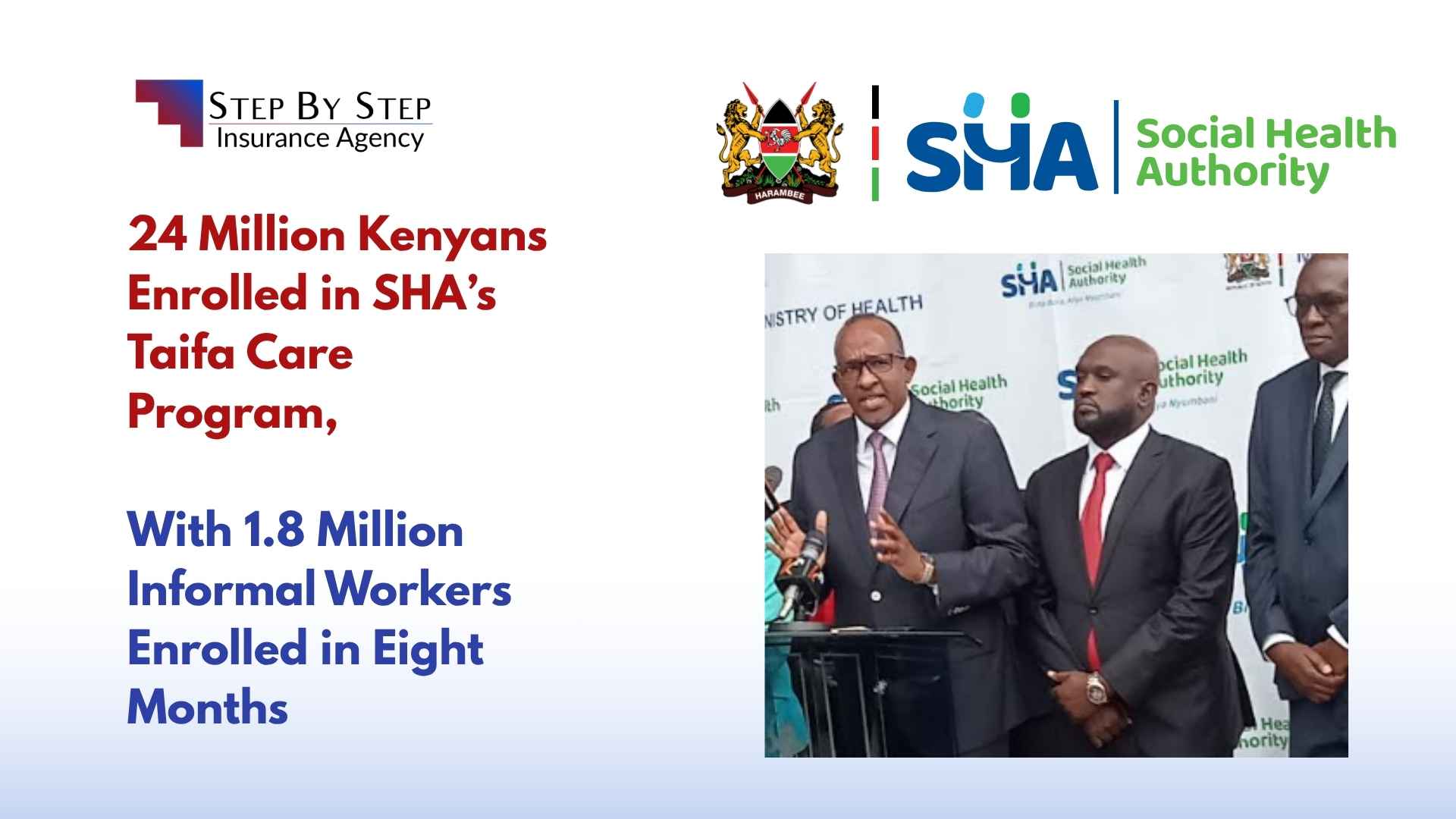Private Hospitals Withdraw SHA Services: Public Servants Left in the Lurch
Kenya’s healthcare system is teetering on the brink of collapse as over 600 private hospitals affiliated with the Rural and Urban Private Hospitals Association (RUPHA) suspend services for patients covered by the Social Health Authority (SHA), effective February 24, 2025. This unprecedented move—triggered by Sh30 billion in unpaid government arrears and systemic failures in the SHA framework—leaves teachers, police officers, and other public servants stranded without access to critical care. The crisis exposes deep flaws in Kenya’s transition from the National Health Insurance Fund (NHIF) to SHA, threatening to unravel decades of healthcare progress.
Key Takeaways
- Over 600 private hospitals suspend SHA services due to Sh30 billion in unpaid arrears
- Critical transition failures from NHIF to SHA system exposed
- Public servants, including teachers and police officers, left without access to private healthcare
- Technical issues and flawed reimbursement model compound the crisis
- Government response criticized as inadequate and delayed
The Unraveling of a Healthcare Transition
From NHIF to SHA: A Rocky Handover
The Social Health Authority (SHA), launched in October 2024 to replace the NHIF, promised universal healthcare coverage through three funds: the Primary Healthcare Fund, Social Health Insurance Fund, and Emergency Chronic and Critical Illness Fund. However, the transition has been marred by unresolved debts from the NHIF era, with private hospitals owed Sh30 billion for services rendered as far back as 2017. Despite government assurances, only 42% of facilities received partial SHA reimbursements by December 2024, while 58% received nothing.
Dr. Brian Lishenga, RUPHA’s chairperson, explains: “The SHA inherited NHIF’s liabilities but failed to adopt its functional reimbursement mechanisms. We’re now trapped between outdated debts and a new system that prioritizes optics over operational viability.”
The Breaking Point: Why Hospitals Are Walking Away
Mounting Financial Burdens
The suspension stems from two irreconcilable issues:
- Legacy Debts: Sh30 billion in unpaid NHIF claims dating to 2017, compounded by SHA’s failure to clear post-transition invoices. Hospitals report bank defaults, medicine stockouts, and unpaid staff salaries.
- SHA’s Flawed Reimbursement Model: A contentious outpatient capitation rate of Sh75 per patient monthly, which hospitals deem unsustainable. “This rate forces facilities to ration diagnostics and medications, endangering patients,” says Dr. Lishenga.
December 2024 RUPHA Survey Results:
- 89% of hospitals cannot meet operational costs
- 87% face payroll delays
- 81% owe suppliers
Technical Failures: A System in Chaos
SHA’s Integrated Healthcare Technology System (IHTS), designed to streamline claims, has exacerbated the crisis:
- Portal Downtime: 89% of facilities report daily system crashes, delaying claim submissions.
- Eligibility Verification Failures: 83% of hospitals cannot confirm patient coverage due to missing data.
- Dependent Registration Glitches: 59% of dependents’ records vanish from the portal.
Public Servants in the Crossfire
Teachers and Police: Casualties of Bureaucratic Failure
Government employees, historically reliant on private hospitals for specialized care, now face dire choices:
- Teachers: 346,000 educators under the Teachers Service Commission (TSC) scheme report delayed cancer treatments and surgeries. “MAKL (Medical Administrators Kenya Limited) hasn’t paid our hospital since September,” says a Nairobi oncologist.
- Police Officers: The National Police Service Commission (NPSC) allocated Sh13.6 billion for medical cover, but hospitals report only 20% of claims paid since July 2024.
The MAKL Quagmire
Medical Administrators Kenya Limited (MAKL), the outsourced claims processor for TSC and NPSC, faces scrutiny for:
- Delayed Payments: 7% administrative fees (Sh2.1 billion annually) despite processing only 54% of claims
- Legal Concerns: Senators question MAKL’s procurement, noting it’s a private firm profiting from public funds
Government Response: Too Little, Too Late?
Audit Promises vs. Hospital Realities
Medical Services PS Dr. Harry Kimtai acknowledges the arrears but insists an audit must precede payments: “We’re verifying each facility’s claims to design a payment plan.” However, hospitals counter that audits were completed in Q3 2024. “This is stalling,” argues a RUPHA member. “The debts are verifiable via NHIF’s own records.”
Legislative Band-Aids
Recent parliamentary efforts include:
- Sh2 billion SHA allocation for 2024/25: Only Sh21.6 million disbursed by February 2025
- Proposed NHIF Debt Relief Fund: No legislative progress since December 2024
Beyond the Crisis: Rebuilding Trust in Universal Healthcare
Lessons from the Linda Mama Debacle
SHA’s struggles mirror the failed Linda Mama program, where:
- Duplicate Registrations: Mothers used daughters’ IDs, causing fraud
- Teen Mother Exclusion: Addressed only in January 2025 via SHA’s temporary ID system
Pathways to Resolution
Stakeholders propose:
- Immediate Debt Clearance: Use parliamentary appropriations to settle Sh30 billion NHIF arrears
- SHA Model Overhaul: Replace capitation with fee-for-service reimbursements
- MAKL Contract Review: Mandate timely payments with penalties for delays
- IHTS Upgrade: Invest in server capacity and real-time eligibility checks
Kenya’s healthcare crisis transcends unpaid bills—it reflects a systemic disregard for medical providers’ sustainability. As public servants queue at overwhelmed public hospitals, the government’s legacy hangs in the balance. “Universal health coverage cannot exist without functional financing,” warns Dr. Lishenga. “Either we fix SHA, or we bury it.”
The coming weeks will test Kenya’s resolve to prioritize health as a right, not a privilege. For millions of teachers, officers, and vulnerable citizens, the stakes have never been higher.





